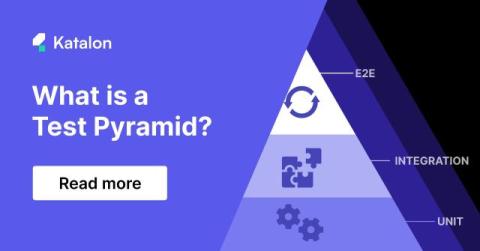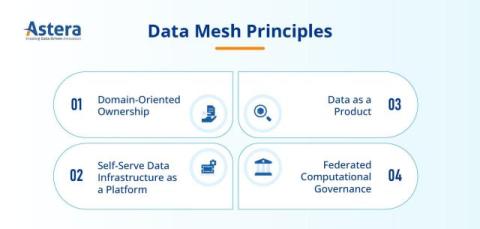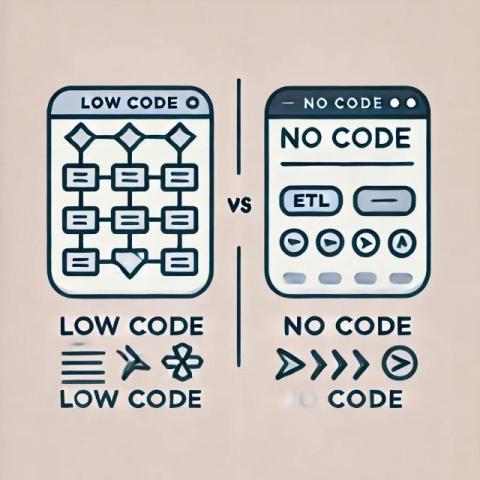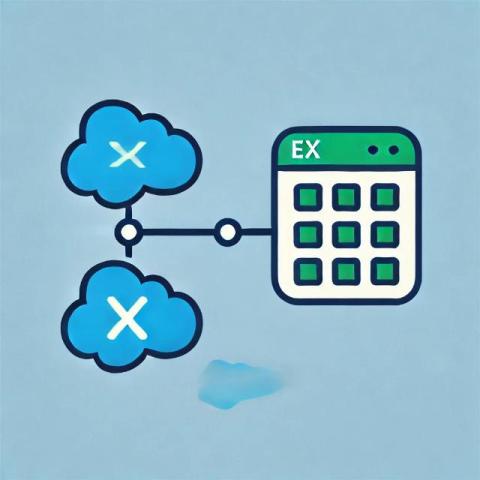What is The Test Pyramid? How To Apply Test Pyramid To Your Strategy?
The Testing Pyramid is a framework in software development that helps organize and manage different types of tests. Its purpose is to ensure efficient and effective testing by structuring tests into a hierarchical model. At its core, the Testing Pyramid emphasizes the importance of having more low-level tests that are quick to execute and fewer high-level tests that are more complex and time-consuming.











